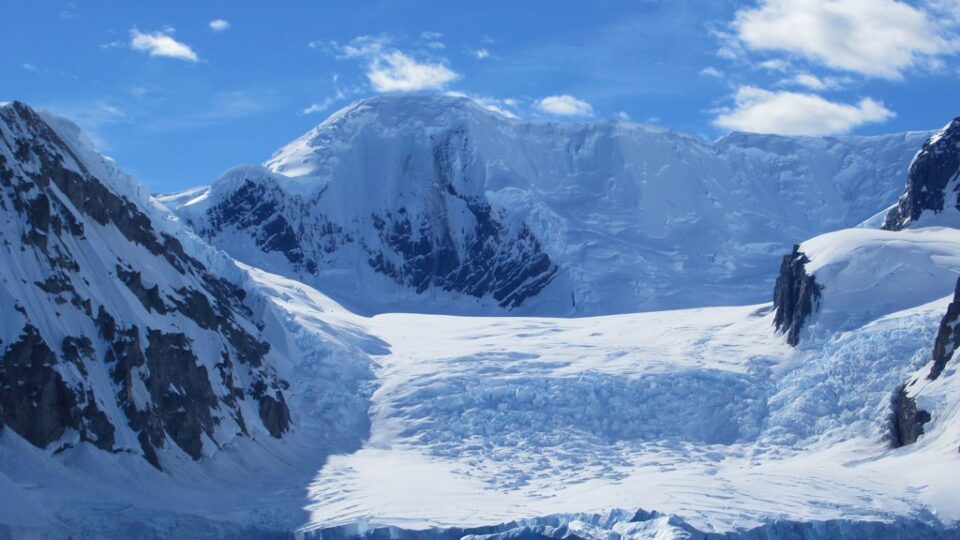Some of most dramatic evidence that the Earth’s climate is warming is the retreat and even disappearance of mountain glaciers around the world. 2022 was the 35th year in a row that glaciers tracked by the World Glacier Monitoring Service lost rather than gained ice. Glaciers gain mass through snowfall and lose mass through melting and sublimation (water evaporating directly from solid ice.) Some glaciers that terminate in lakes or the ocean lose mass through iceberg calving.
In the warming climate, glaciers retreat and meltwater collects at the front of the glacier forming a lake. Such lakes can suddenly burst and create a fast-flowing Glacier Lake Outburst Flood that can spread over a large distance from the original site – in some cases over 70 miles. These floods can damage property, infrastructure, and agricultural land and can also be deadly.
The number of glacial lakes has grown rapidly since 1990 as a result of climate change. According to research by an international team of scientists led by Newcastle University in the UK, the number of people living in glacial lake catchments has increased significantly.
According to the study, 15 million people live within 30 miles of a glacial lake. The highest danger is in High Mountain Asia – which encompasses the Tibetan Plateau. That area, which spans from Kyrgyzstan to parts of China, has 9.3 million people potentially at risk. India and Pakistan have around 5 million exposed people.
Detailed analysis shows that it is not the areas with the largest number or most rapidly growing lakes that are most dangerous. It is the number of people in proximity to the lakes and their ability to cope with potential floods.
**********
Web Links
Glacial flooding threatens millions globally
Photo, posted February 12, 2022, courtesy of David Stanley via Flickr.
Earth Wise is a production of WAMC Northeast Public Radio
